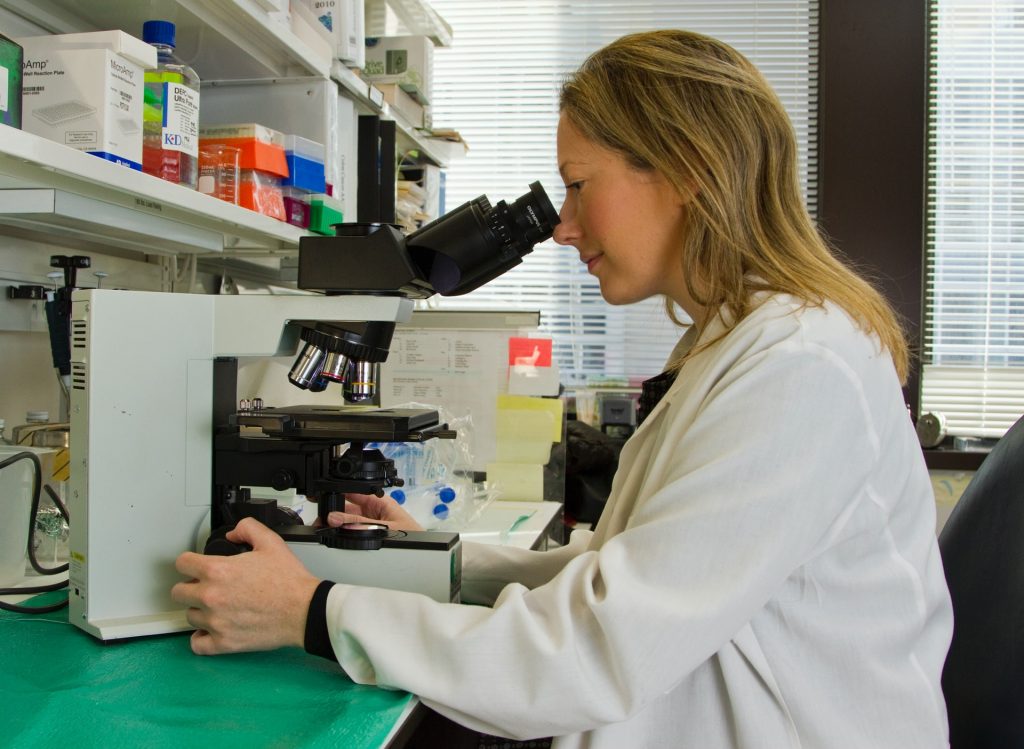Opinion: A UN Meeting on TB is at Best a Means to More Important Ends

By Marcus Low for Sporlight
In 2018 the first findings from a landmark tuberculosis (TB) vaccine trial were published in the New England Journal of Medicine. The experimental vaccine, called M72, was found to be roughly 50% effective in preventing pulmonary TB disease. It was the most promising finding for a new TB vaccine since the development of the BCG vaccine a century ago.
Since the study reported in the NEJM was only a phase 2B study, the results have to be confirmed in a phase 3 study before the vaccine can be considered for wider use. For a while, it seemed that the phase 3 study would never happen – that is, until a few months ago, two philanthropies, Wellcome and the Bill and Melinda Gates Foundation, announced that they would put up $550 million to get it done.
Meanwhile, on September 22, ministers, heads of state, and other officials from around the world will gather in New York for the second United Nations High-Level Meeting on TB. A draft declaration can be read here. The declaration is full of the kind of lofty rhetoric one would expect.
Yet, it is hard to avoid a sense that, for the most part, the emperor is wearing no clothes. After all, as one government representative after another read their speeches in New York, everyone in the room will know that it was not governments but two philanthropies who stepped up to ensure that arguably the most important TB trial of the decade goes ahead. When most needed, the groundswell of new government investment in TB research just wasn’t there.
The bigger picture
It is estimated that globally just over $1 billion was invested in TB research in 2021. In the preceding three years, the figure was hovering between $900 million and $1 billion. Astonishingly, $416 million (over 40%) of the $1 billion in 2021 was from the United States government. The second largest funder of TB research in the world is the Gates Foundation – which with its $113 million in 2021 invested more in TB research than any government except for the US. Together, these two entities account for more than half of all investment in TB research in 2021.
BRICS partners India and South Africa respectively invested $23.4 and $4.8 million in TB research in 2021. Both are classified as high TB burden countries.
At the 2018 UN High-Level Meeting on TB world leaders committed to provide $2 billion per year for TB research by the end of 2022. Figures for 2022 aren’t out yet, but given that the 2021 figure was only half the target, we are clearly not on track.
In addition, the target should probably be much higher if we are to have a good chance of getting the breakthrough diagnostics, treatments, and vaccines we will need to end TB. The Stop TB Partnership recently estimated that around $5 billion is needed for TB research per year from 2023 to 2030 – in other words, five times as much as the actual investment in 2021. This level of investment in TB research is needed because modelling suggests that with the currently available tools, we will at best see a relatively slow decline in TB rates in the coming years.
Why then a High-Level Meeting?
One may well ask what the point is of UN High-Level Meetings if key commitments made at these meetings are not kept and if the further development of critical new tools like M72 remains dependent on support from philanthropists. But that would be to mistake these meetings for an end in themselves rather than merely a means to an end.
A meeting of this nature will always just be one small part of a larger puzzle in the fight against TB. The bigger question is how the momentum and political potential created by the High-Level Meeting can be leveraged to get more done in other arenas, especially back in people’s home countries.
Governments are accountable to the people who elected them. There are, of course, some international pressures and some issues of international law, but on something like TB, the most important accountability levers are all domestic. Ultimately, political parties, trade unions, and domestic civil society have much more power over what a government actually does or does not do than some politely expressed peer pressure in New York or Geneva.
Unfortunately, at least here in South Africa, political parties and trade unions have generally failed to hold government to account when it comes to TB – although our Department of Health has nevertheless made some good policy calls and our investment in TB research is decent given the size of our economy.
All of this is not to say that the UN High-Level Meeting on TB is not important – it most certainly is. It is just that it should not be mistaken for an end in itself. Governments, and especially those in countries where many people get TB and die of TB, must invest more in TB. We shouldn’t let leaders of these governments get away with saying they’ll put up the money in New York, but then forgetting all about it once they go back home.
NOTE: The Gates Foundation is mentioned in this article. Spotlight receives funding from the Gates Foundation. Spotlight is editorially independent, an independence that the editors guard jealously. Spotlight is a member of the South African Press Council.
Republished from GroundUp under a Creative Commons Licence.
Source: Spotlight










